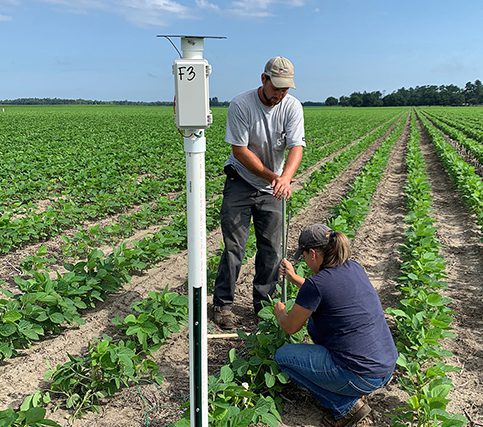
Introduction
In the realm of modern agriculture, the integration of technology has led to remarkable advancements that enhance productivity and sustainability. One such innovation is the soil moisture sensor – a device that plays a pivotal role in optimizing plant growth by providing real-time data on soil moisture levels. This article delves into the significance of soil moisture sensors, their functioning, benefits, and their impact on agricultural practices.
Understanding Soil Moisture Sensors
Defining Soil Moisture
Soil moisture refers to the amount of water present in the soil. It is a critical factor that directly influences plant growth, nutrient uptake, and overall crop health. Soil moisture sensors are devices designed to measure and monitor the water content in the soil at different depths.
The Role of Sensors in Agriculture
In agriculture, maintaining the optimal soil moisture level is essential for maximizing crop yield and minimizing water wastage. Soil moisture sensors provide farmers with accurate data that enables them to make informed decisions regarding irrigation and other water-related practices.
How Soil Moisture Sensors Work
Types of Soil Moisture Sensors
There are several types of soil moisture sensors, including:
- Time Domain Reflectometry (TDR)
- Capacitance Sensors
- Resistance Sensors
Measuring Techniques
Soil moisture sensors utilize various measuring techniques to determine moisture content. TDR sensors send electromagnetic pulses through the soil, measuring the time taken for the pulse to return. Capacitance sensors rely on the dielectric properties of soil, while resistance sensors assess the conductivity of the soil.
The Benefits of Soil Moisture Sensors
Improved Irrigation Efficiency
By providing real-time data on soil moisture levels, sensors aid in optimizing irrigation schedules. This prevents water wastage and helps in achieving the right balance of moisture for plant growth.

